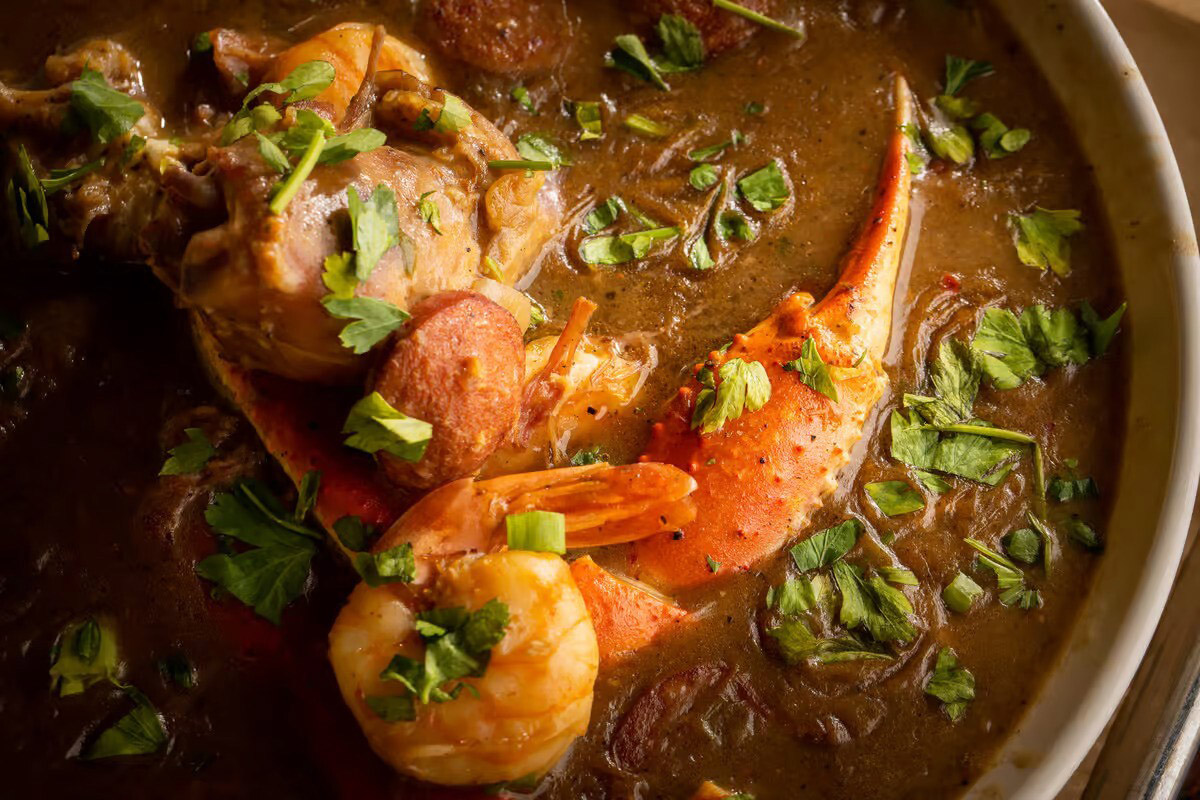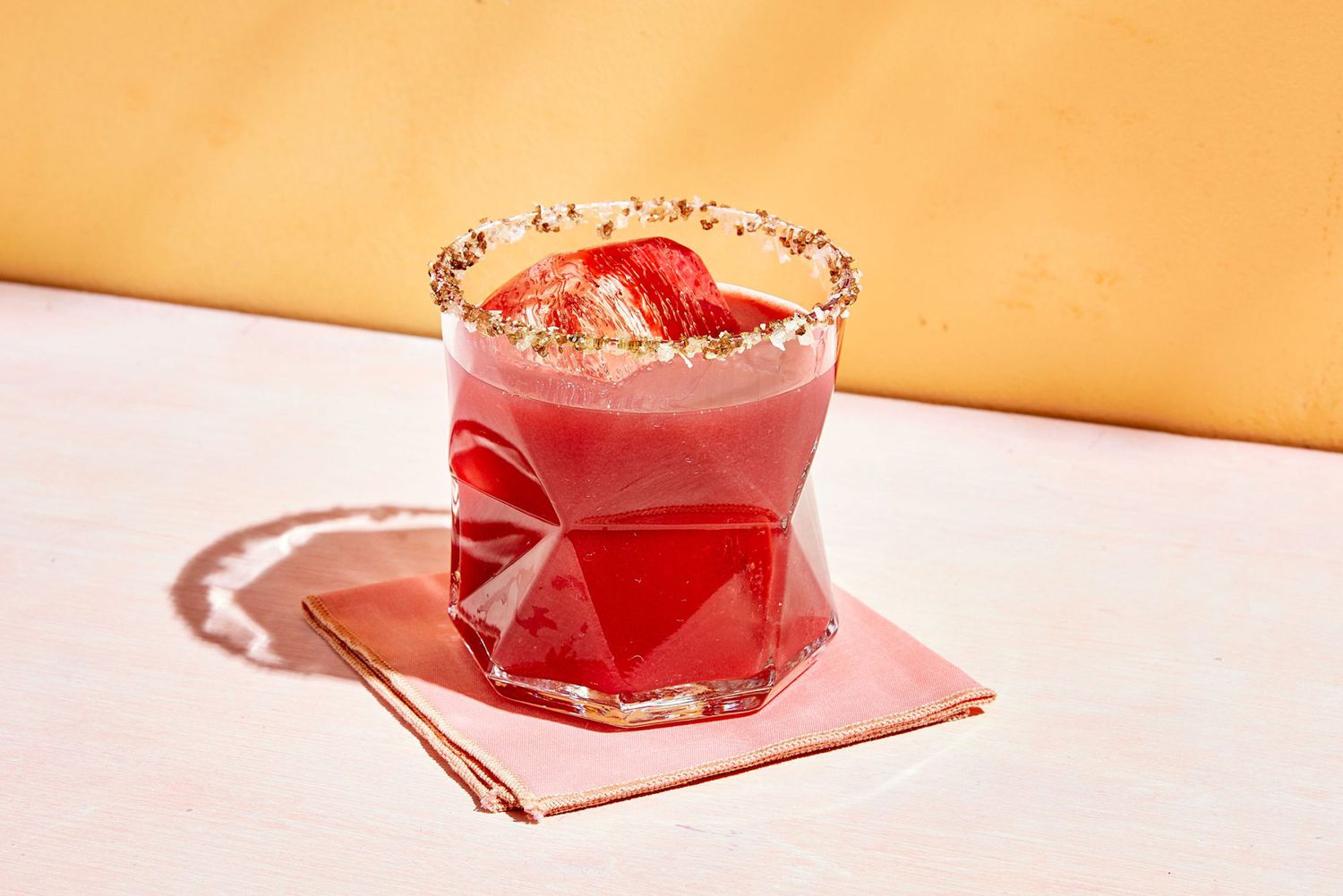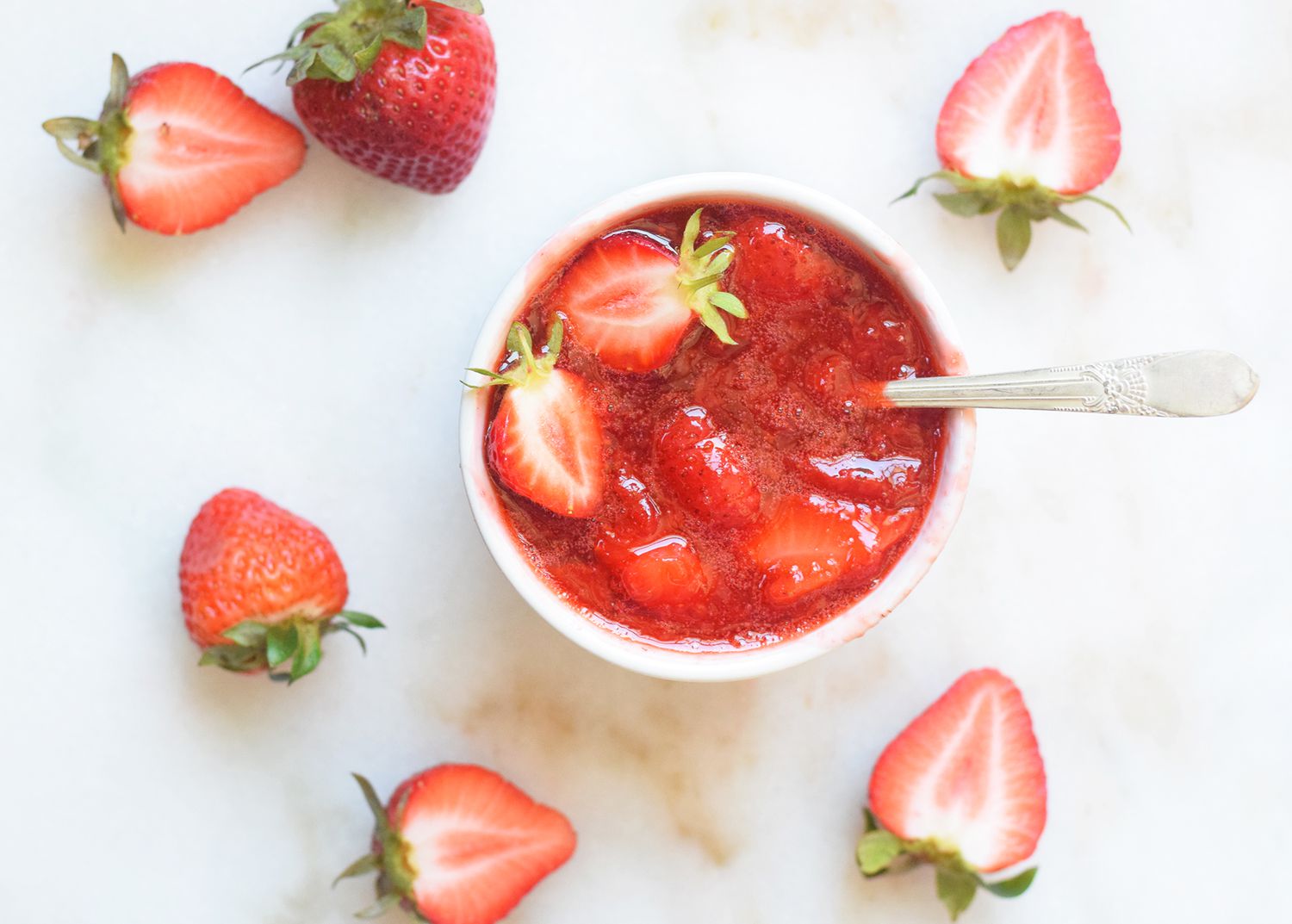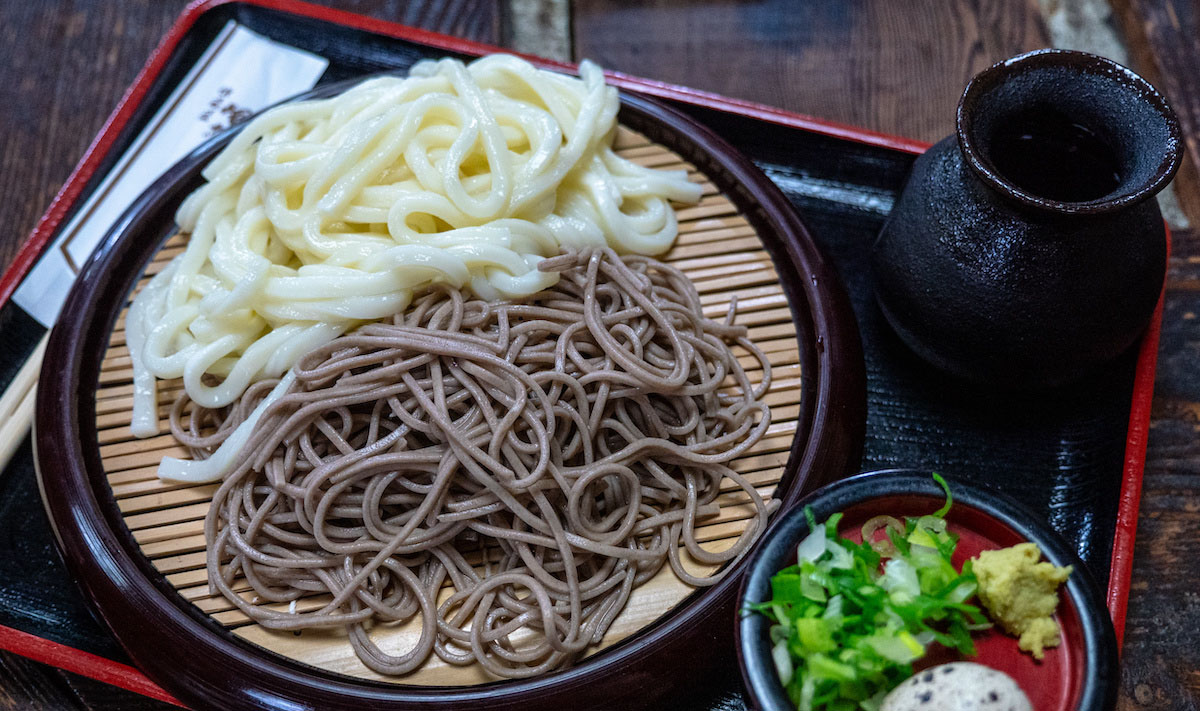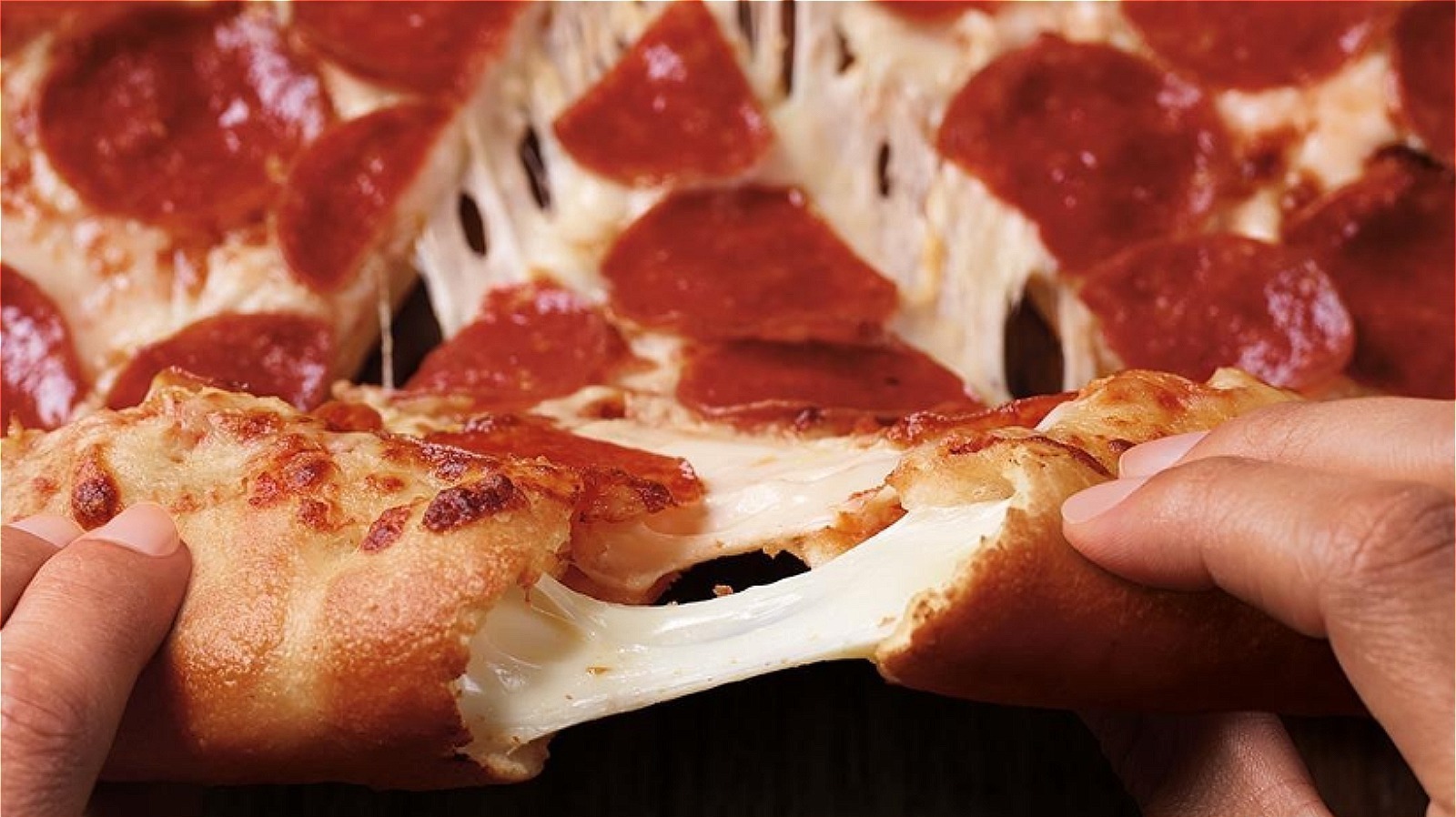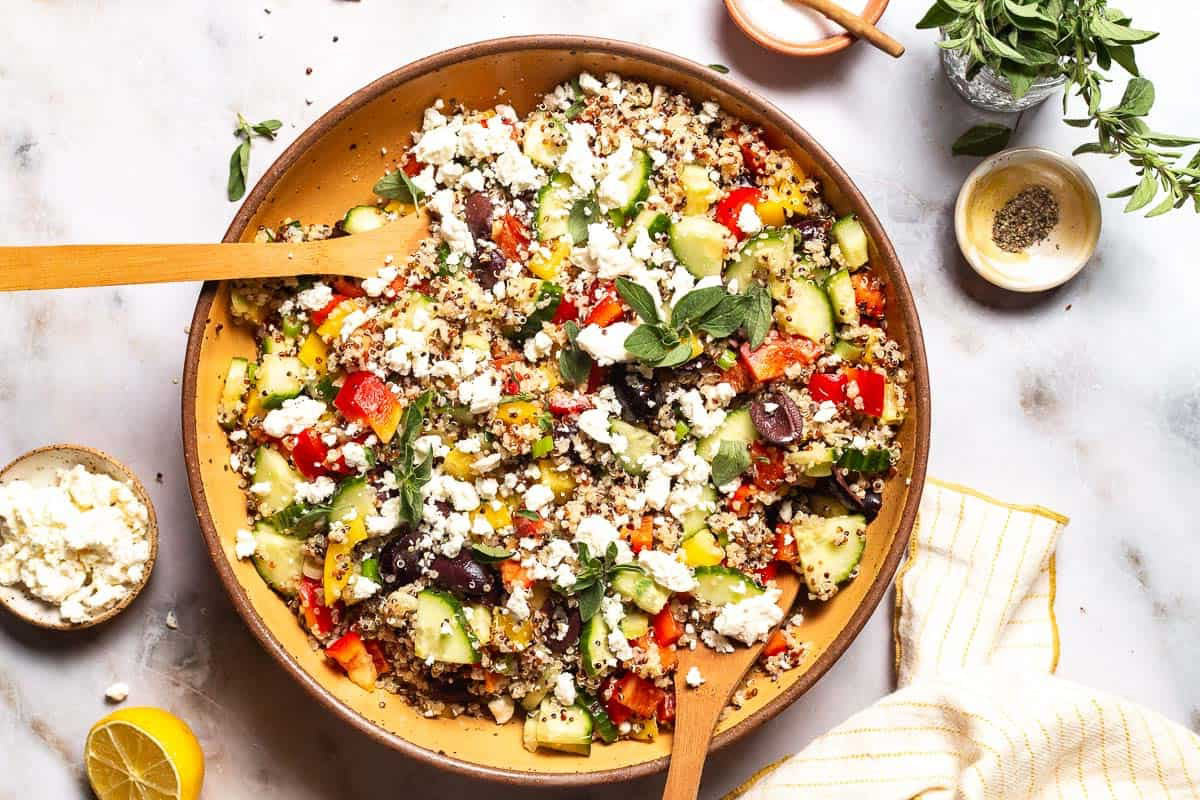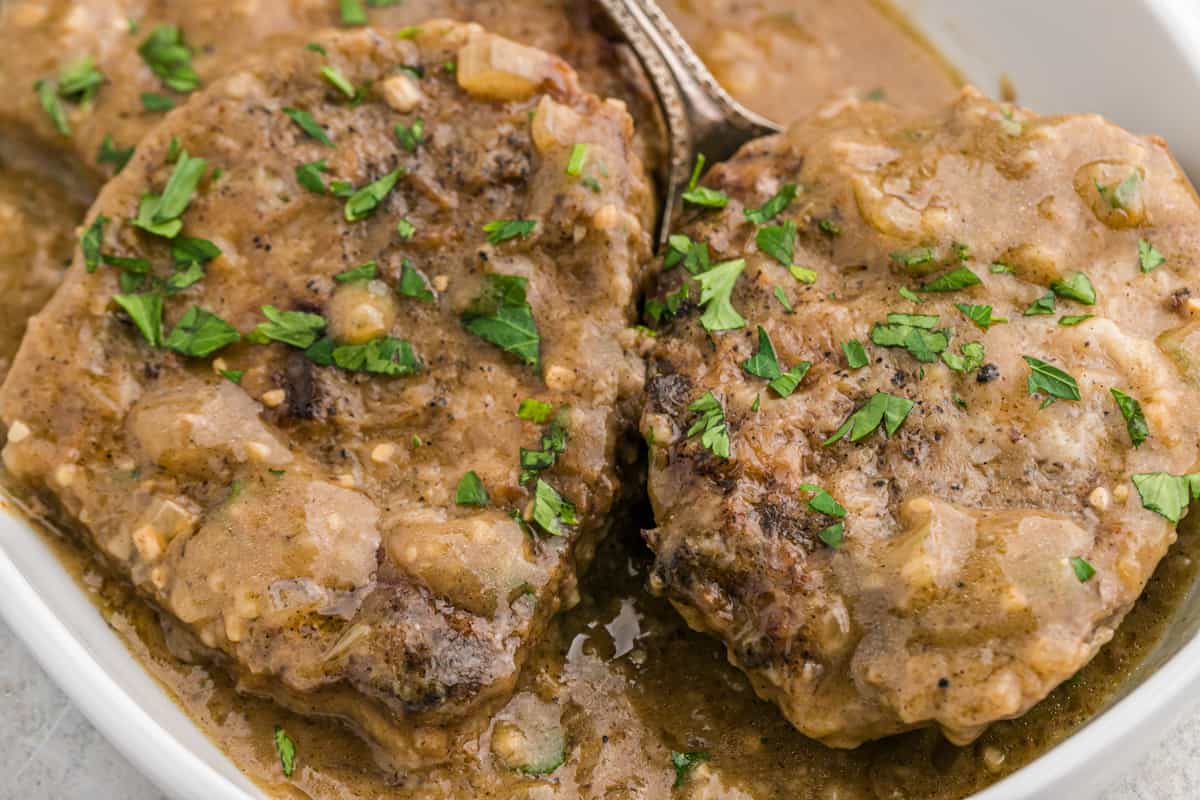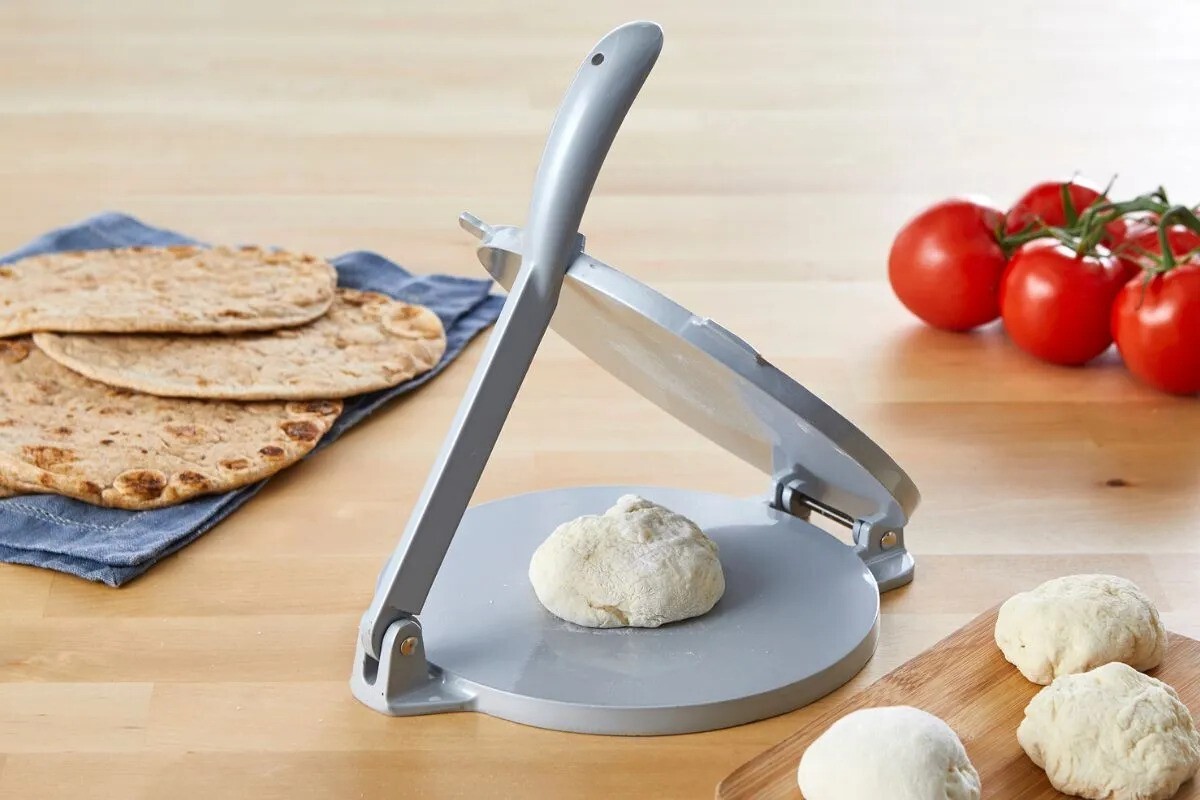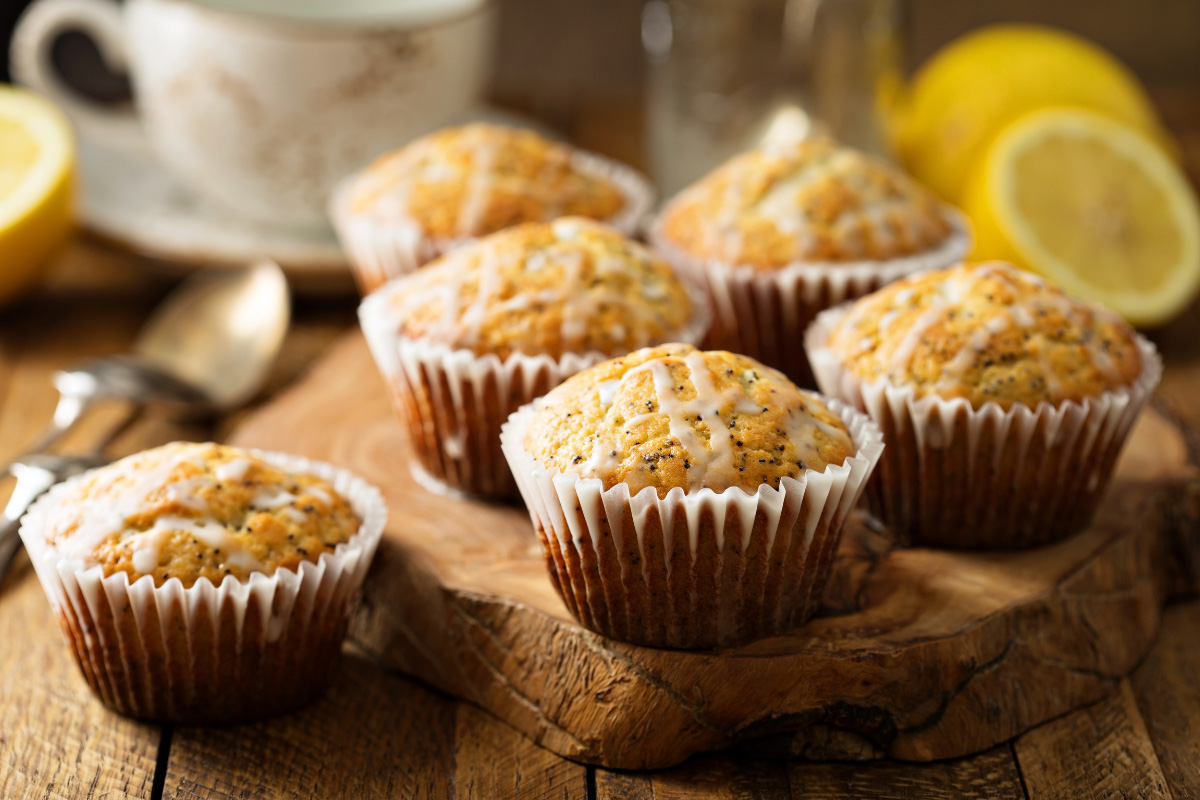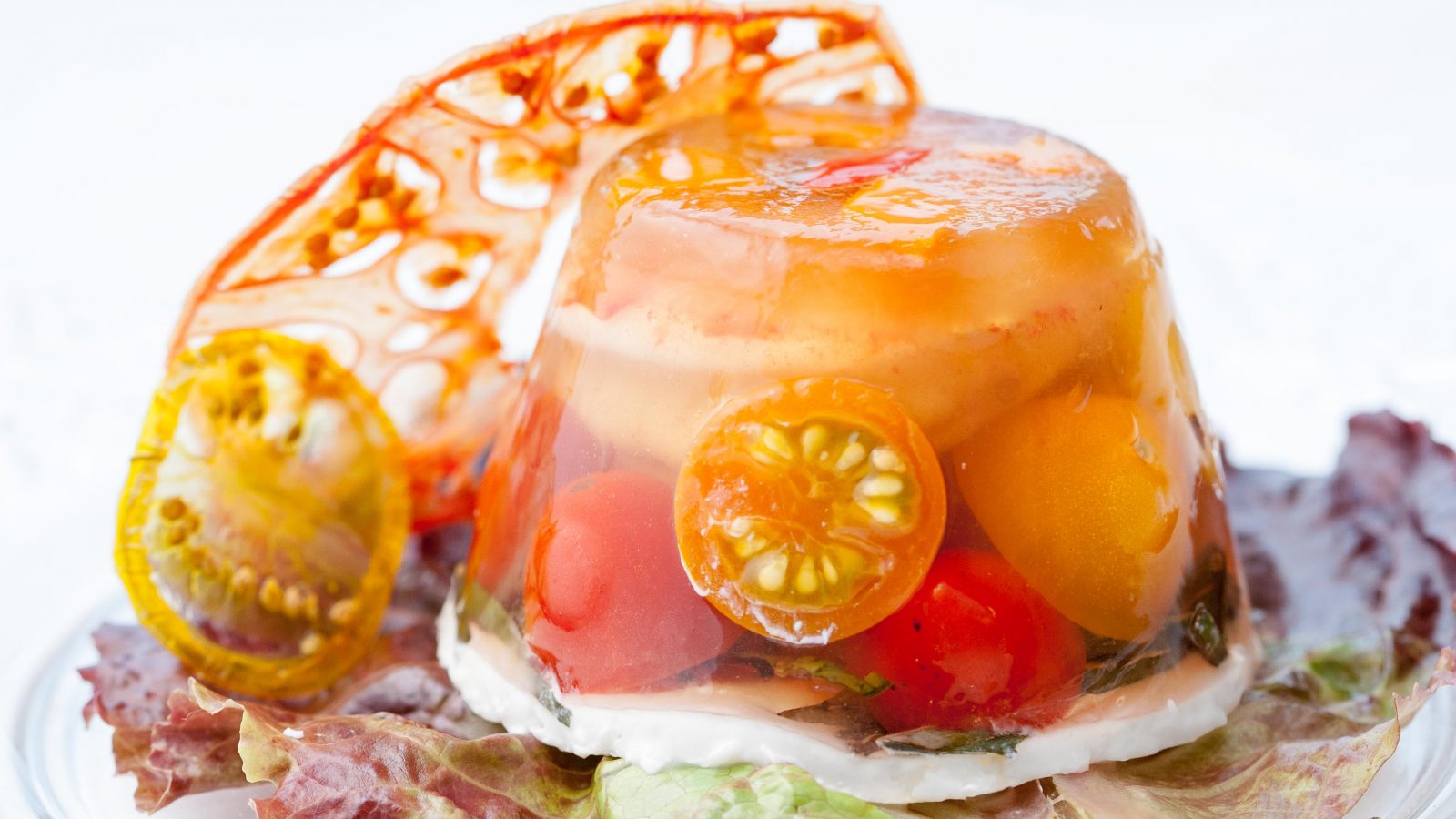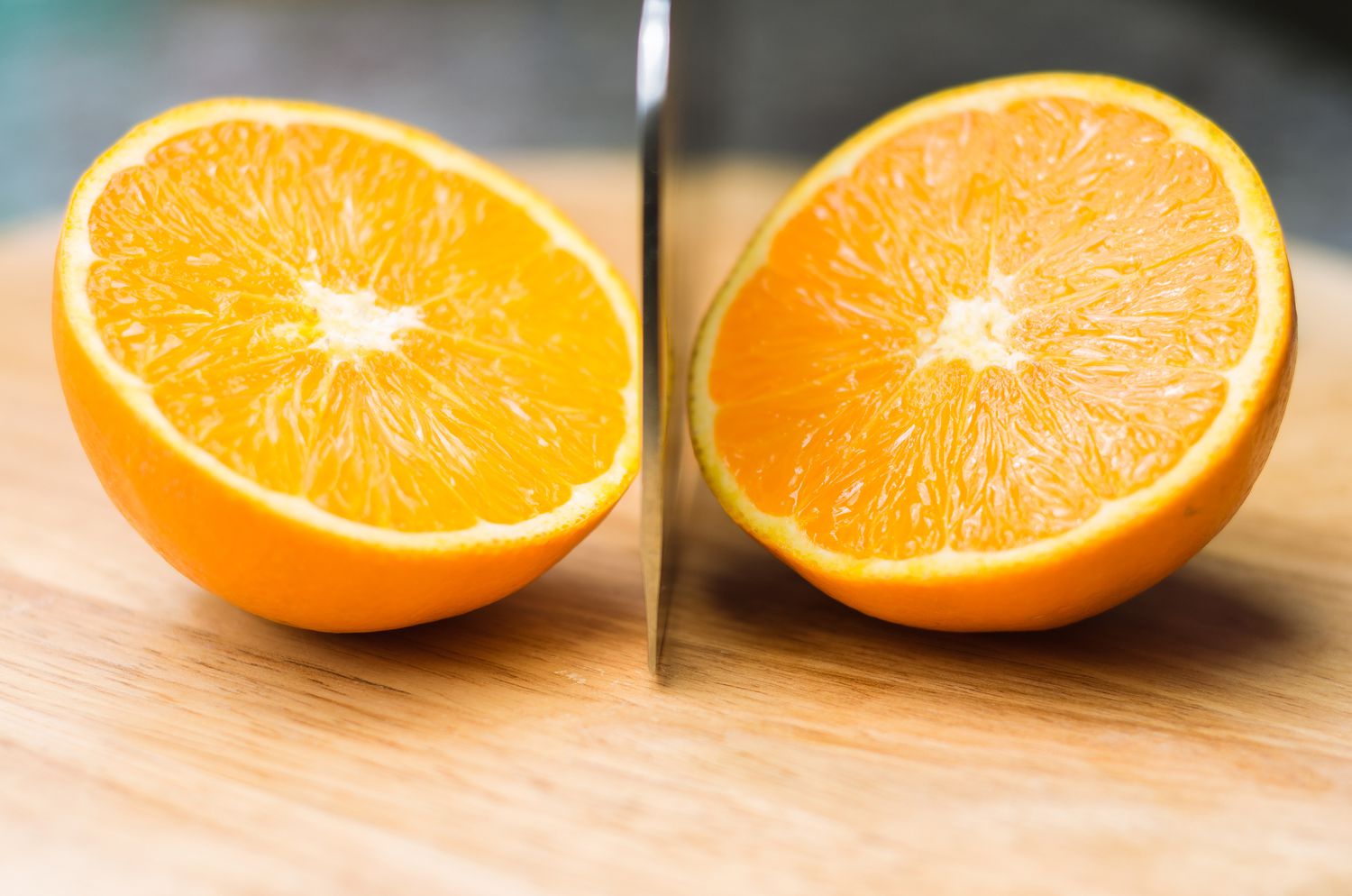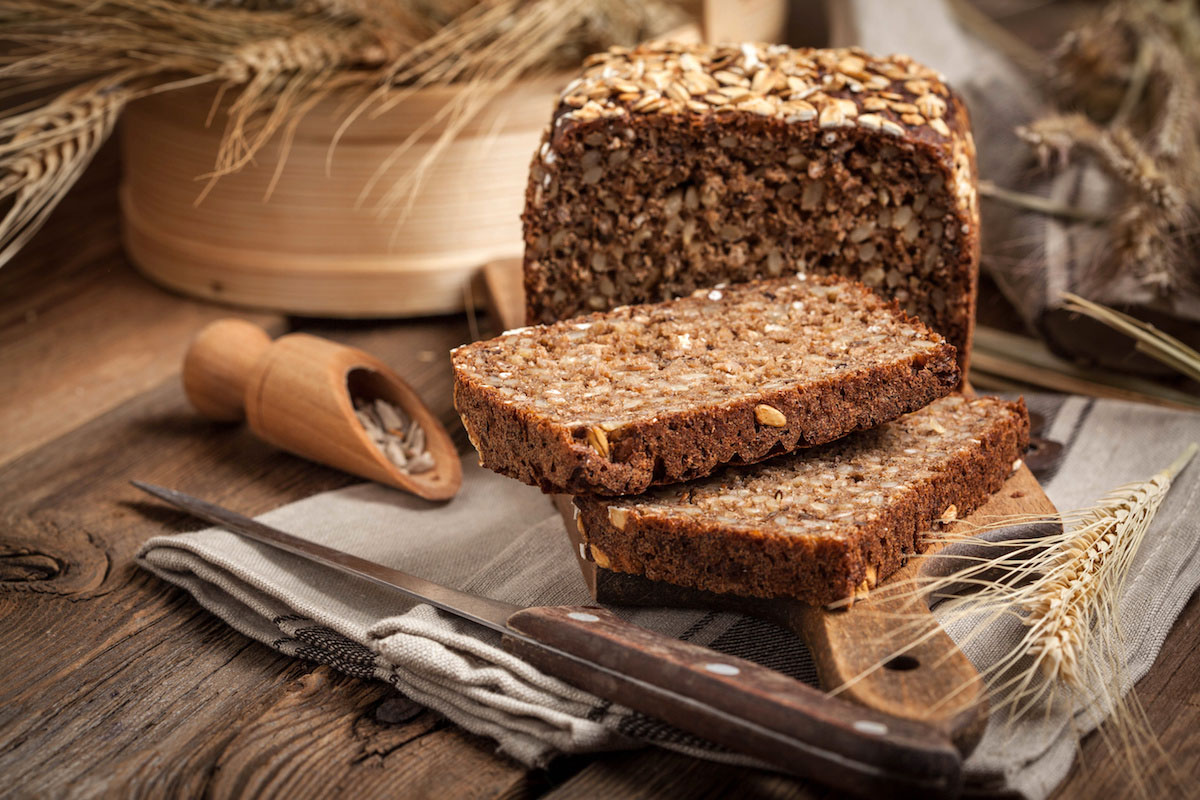Discovering the Delightful World of Loukoumades
Have you ever heard of Loukoumades? If not, you’re in for a treat! Loukoumades are a beloved Greek dessert that has been tantalizing taste buds for centuries. These delectable little treats are often referred to as Greek donuts or honey puffs, and for good reason. They are small, round, golden-brown balls of dough, fried to perfection and then drizzled with sweet syrup and sprinkled with a variety of delicious toppings.
The History of Loukoumades
Loukoumades have a rich history that dates back to ancient Greece. They were often served to the winners of the ancient Olympic Games as a symbol of victory and glory. The recipe for Loukoumades has been passed down through generations, with each family adding their own unique twist to the classic dish.
How Are Loukoumades Made?
The process of making Loukoumades is a true art form. The dough is made from simple ingredients such as flour, yeast, water, and a pinch of salt. Once the dough has risen, it is carefully scooped into small balls and dropped into hot oil. The Loukoumades are fried until they are golden and crispy on the outside, while remaining soft and fluffy on the inside.
After frying, the Loukoumades are drizzled with a generous amount of honey or syrup, giving them their signature sweet and sticky coating. They can also be topped with a variety of delicious extras, such as chopped nuts, cinnamon, or even a sprinkle of powdered sugar.
Enjoying Loukoumades
Loukoumades are best enjoyed fresh and warm, straight from the fryer. They are often served at festivals, fairs, and celebrations, where they are made to order and served piping hot. The combination of the crispy exterior and soft interior, paired with the sweet syrup and toppings, makes Loukoumades a truly irresistible treat.
Why You’ll Love Loukoumades
There are countless reasons to love Loukoumades. Not only are they incredibly delicious, but they also hold a special place in Greek culture and tradition. They are a symbol of celebration and joy, and are often shared with friends and family during special occasions.
Whether you’re a fan of sweet treats, a lover of Greek cuisine, or simply curious to try something new, Loukoumades are sure to win you over with their irresistible flavor and delightful charm.
So, the next time you have the opportunity to try Loukoumades, be sure to seize the moment and indulge in this delightful Greek dessert. You won’t be disappointed!
Was this page helpful?
Read Next: What Is A Moscow Mule?
